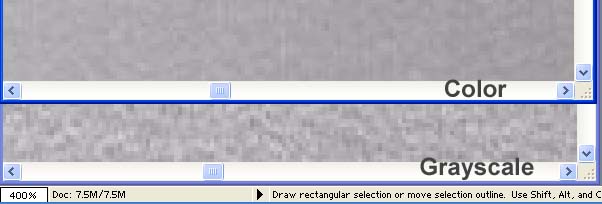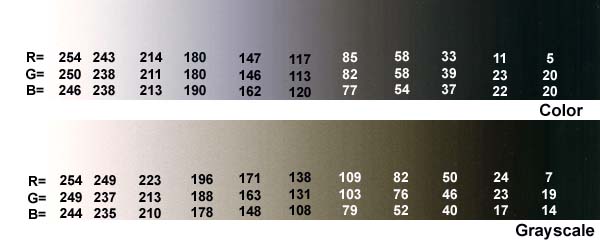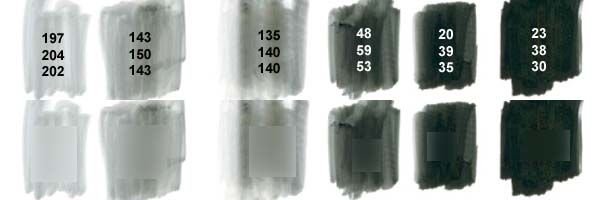Hi Im a lurker coming out. When I first got my i9900 (2months old) I did a few grayscale 13x19 that had a good black with oem ink, after refilling with MIS ink and made reprints for friends, the prints are very warm almost brown using grayscale. My question what other ink suppliers would you recommend for black inks?
Thanks
Graywolf
Thanks
Graywolf




